Recently, we were invited to participate in the annual water hole census in Rajasthan, specifically at the Kumbhalgarh Wildlife Sanctuary. The census was organized by the Forest department and was carried out across the State except for the two tiger reserves – Ranthambore and Sariska. On May 18, 2019 when the moon was at it’s brightest, teams of volunteers and forest department employees were deployed for 24 hours on water holes (both natural and man made) in a machan (elevated wooden platforms mostly supported by a tree) or forest department chowki (watch tower).
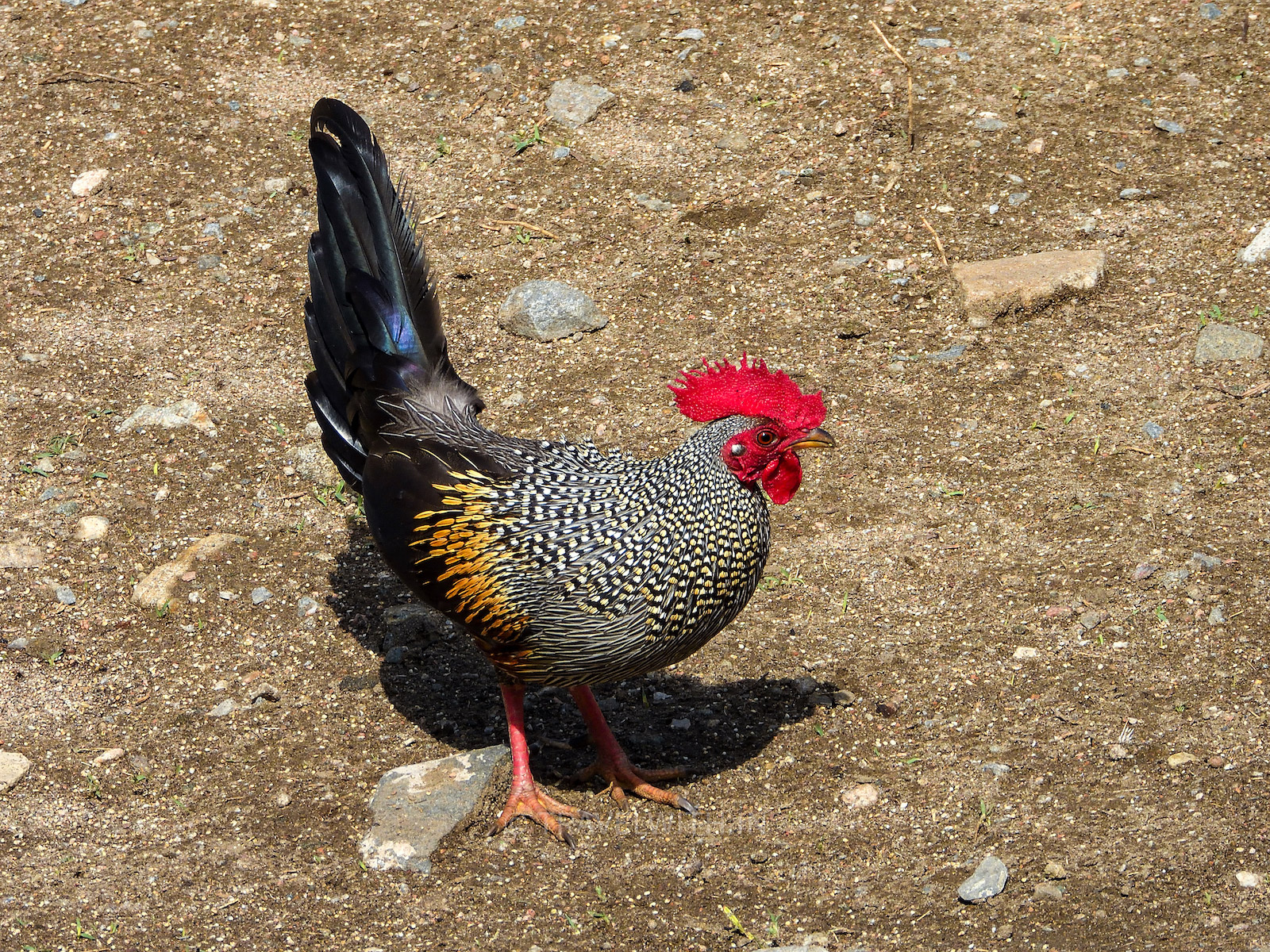
Grey Jungle-fowl in Kumbhalgarh Wildlife Sanctuary
For those of you who haven’t been or heard of Kumbhalgarh Wildlife Sanctuary, it is named after the 15th century Kumbhalgarh Fort and is about an hour drive from Udaipur. The terrain of the Sanctuary is mostly hilly as it spreads across the Aravalli range. There are no resident tigers in the Sanctuary, however it is believed that Kumbhalgarh has the highest density of leopards in the world. Besides the big cats, the Sanctuary is known to have sloth bears, wolves, four horned antelopes and several species of birds including the grey jungle fowl which was previously not known to inhabit a region so far up north in India. Of late, the government of Rajasthan and the National Tiger Conservation Authority (NTCA) has given an in-principal approval of declaring Kumbhalgarh Wildlife Sanctuary in to a tiger reserve. However, currently there are no tigers in the sanctuary.
If you’re wondering what the big deal about a 24 hour census is, let us assure you, it’s no mean feat. Our job (besides staying awake for 24 hours+, being watchful of creepy crawlies, laying still on the floor or wooden beams and bearing 40+ degree celsius) was to observe any wildlife movement around the water hole, record the information and provide it to the Forest department. We had to keep ourselves as discreet as possible (including no snoring) to avoid the forest’s inhabitants from knowing our presence.
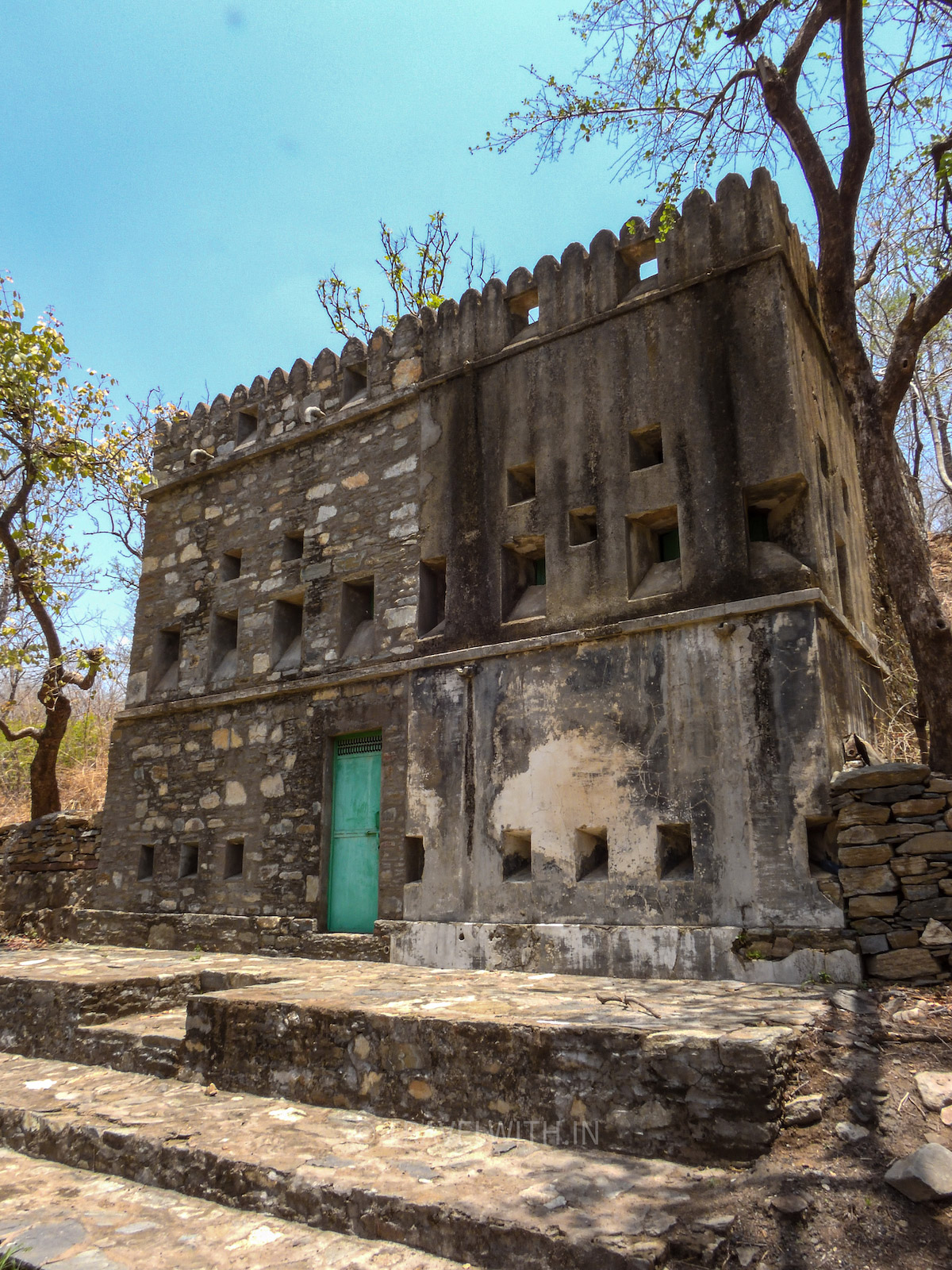
Our home for 24 hours for the water-hole census
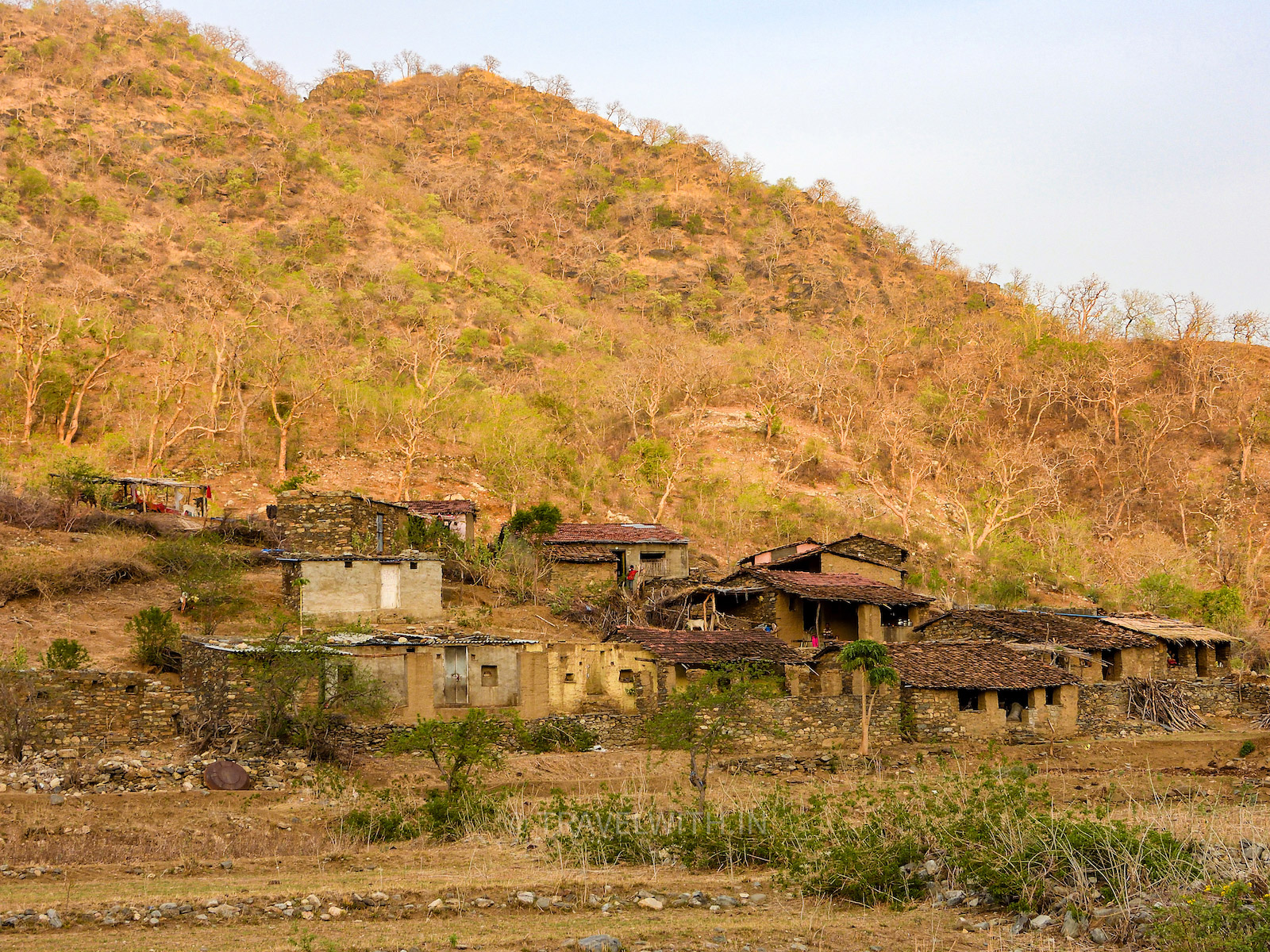
A tribal village inside Kumbhalgarh Wildlife Sanctuary
Packed with reference books, water, fruits etc. we made our way from Jaipur to Kumbhalgarh Wildlife Sanctuary only to be welcomed by a massive downpour and a hailstorm. For a moment, the sweltering heat and the dry deciduous forests and Aravalli hills of Kumbhalgarh transformed in to a mountainscape with eye level misty clouds and cool winds almost reminiscent of the Himalayas!
So much for the water hole census. With water everywhere, wildlife had plenty of watering holes to quench their thirst from. It was like pub hopping with unlimited happy hours across the Sanctuary! Nevertheless, we decided to visit our designated chowki the following morning. Till then, we had no other option but to thoroughly enjoy the ambience post the rains.
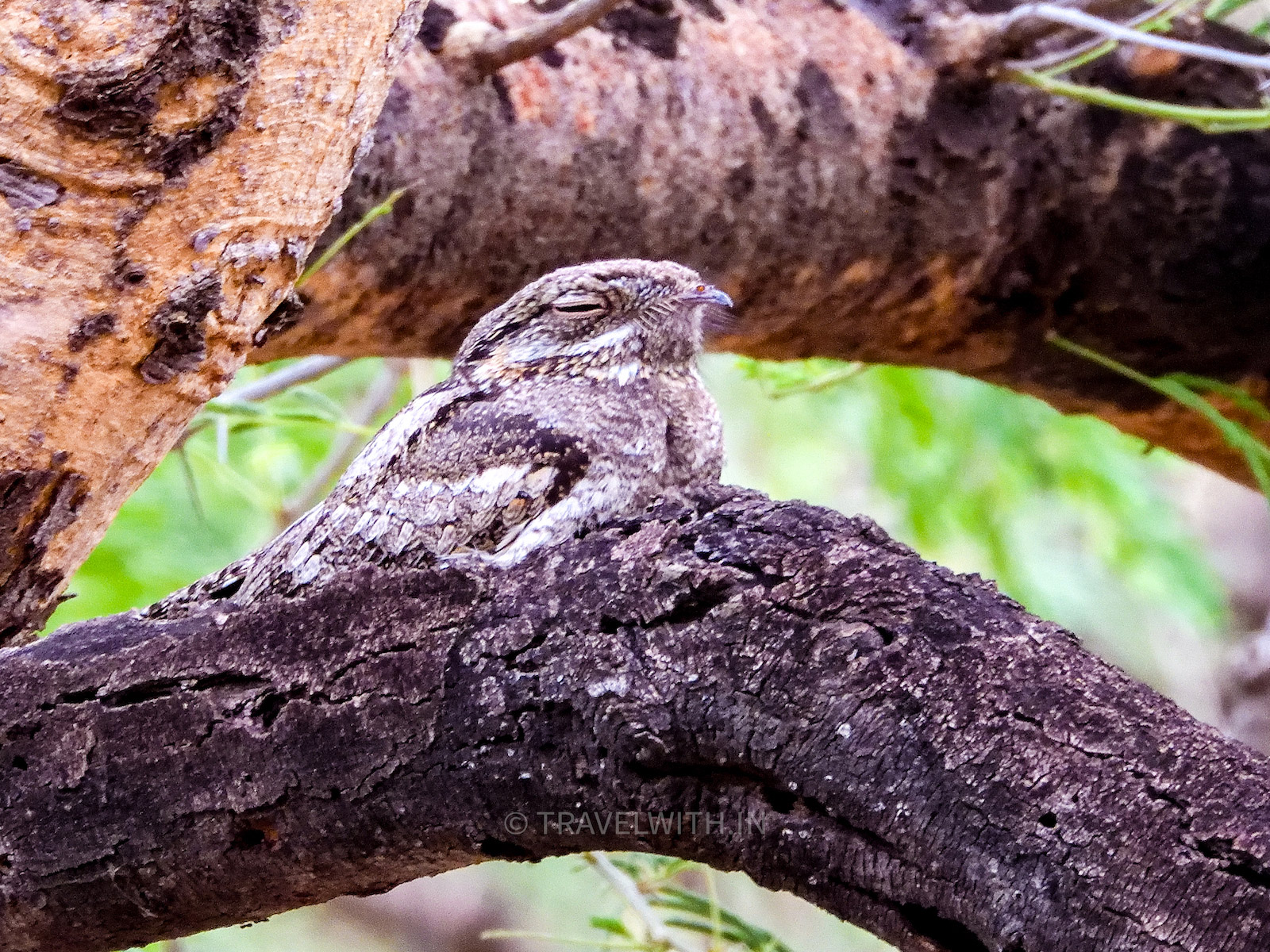
Indian nightjar
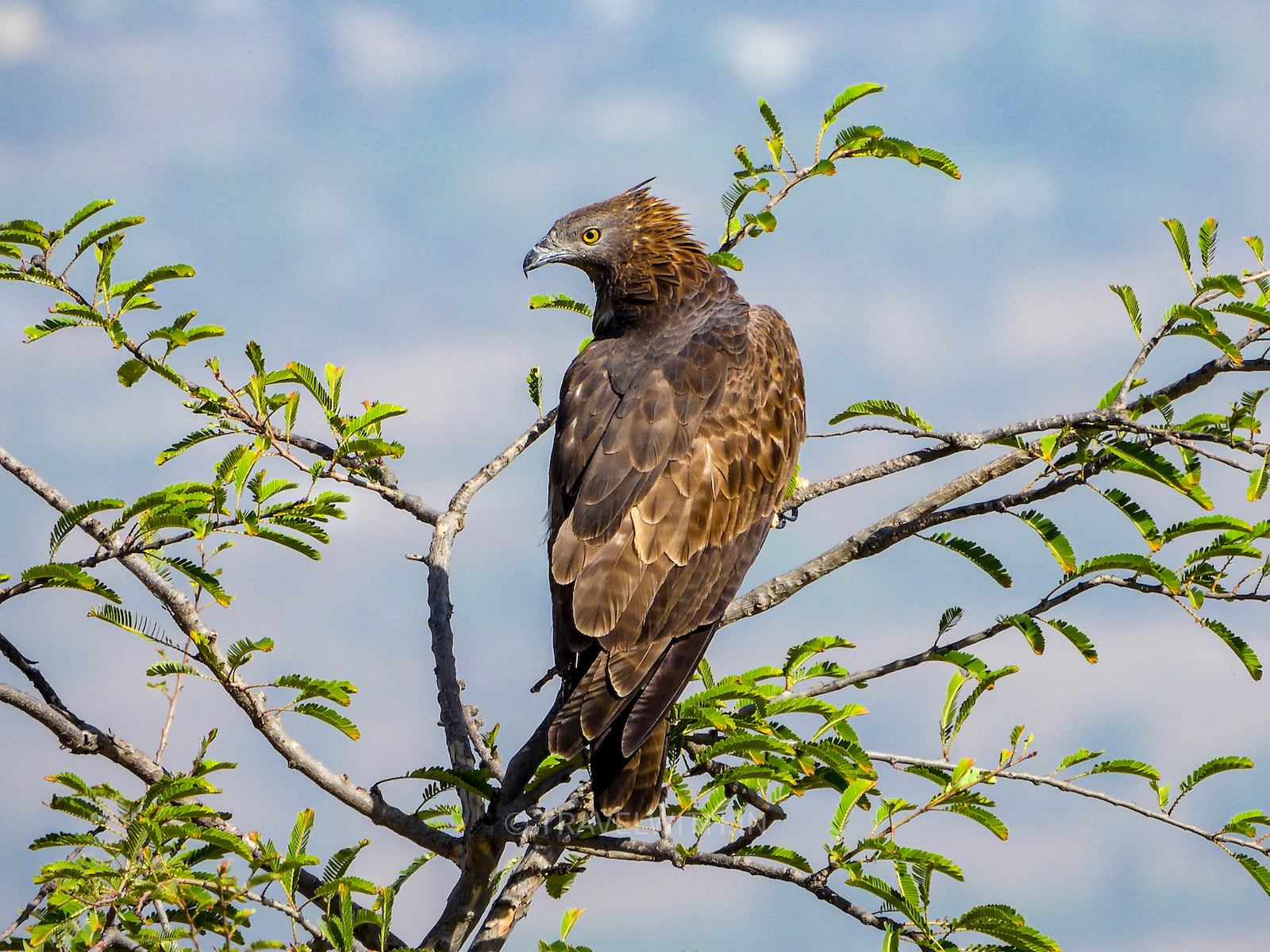
Honey Buzzard
The following morning after a quick breakfast, we made our way to our water hole. We were accompanied by two senior (both in age and experience) wildlife conservationists and enthusiasts. After settling in to our watch tower or ‘chowki’ in Hindi, the driver let us be. Soon after, we noticed Indian peafowl appearing from various corners of the forest and then showed up the grey jungle fowls. Soon other birds followed, including the little green bee-eater, doves, treepies, jungle crow, starlings, mynas and yellow-throated sparrows. By 10AM it was 35 degrees already and the water hole in front of me looked very inviting for a dip.
By 11AM, even the peafowl and other birds called it a morning and disappeared in to the forest’s undercover. With our eyes honed in on the water hole and our ears tuned to catch the slightest of sounds, we found our selves looking in to oblivion. Besides the loud sound created by male cicada insects inviting females for courtship, no wildlife was to be seen or heard! We started imagining (border line hallucinating) things – did we just hear a sound? Was that a leopard, no may be it was a hyena, said our wishful conscience.
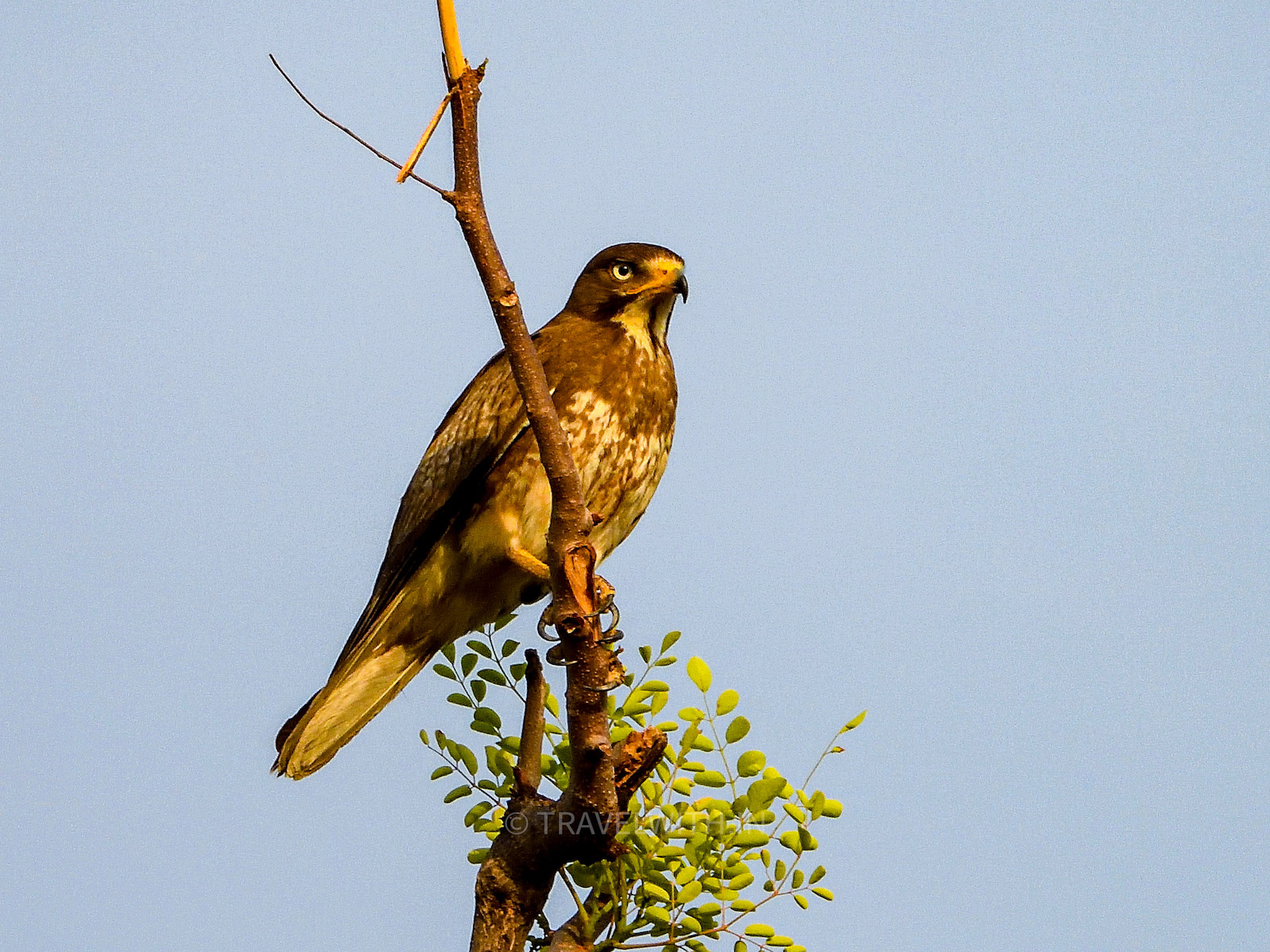
White-eyed Buzzard in Kumbhalgarh Wildlife Sanctuary
Bearded Vulture • 23 Facts about bearded vulture • #crittergospel
Just when it started to get mundane, one of the colleagues from the east flank of the watch tower whispered – snake! Our first reaction was to look at our immediate surroundings, was it in the watch tower and was it poisonous? Luckily, it was neither. The rat snake as we found out was making a dash for safety and was jay walking the water hole. This sight was exhilarating and we were very optimistic about the future. However, our optimism didn’t last very long, the forest was silent as if it was taking an extended siesta after the rains and we decided to call it a day. With an abundance of water from the previous day’s rainfall it was futile to continue the watch around any water hole in the Sanctuary.
Despite being a wash out, our first water hole census was highly rewarding. We were in good company and came back more informed about wildlife and conservation initiatives. Kumbhalgarh Wildlife Sanctuary and the massive Kumbhalgarh Fort with a wall spanning over 38km is a great destination especially in the monsoon when the entire Aravalli range becomes green. We look forward to visiting again and taking part in next year’s census.
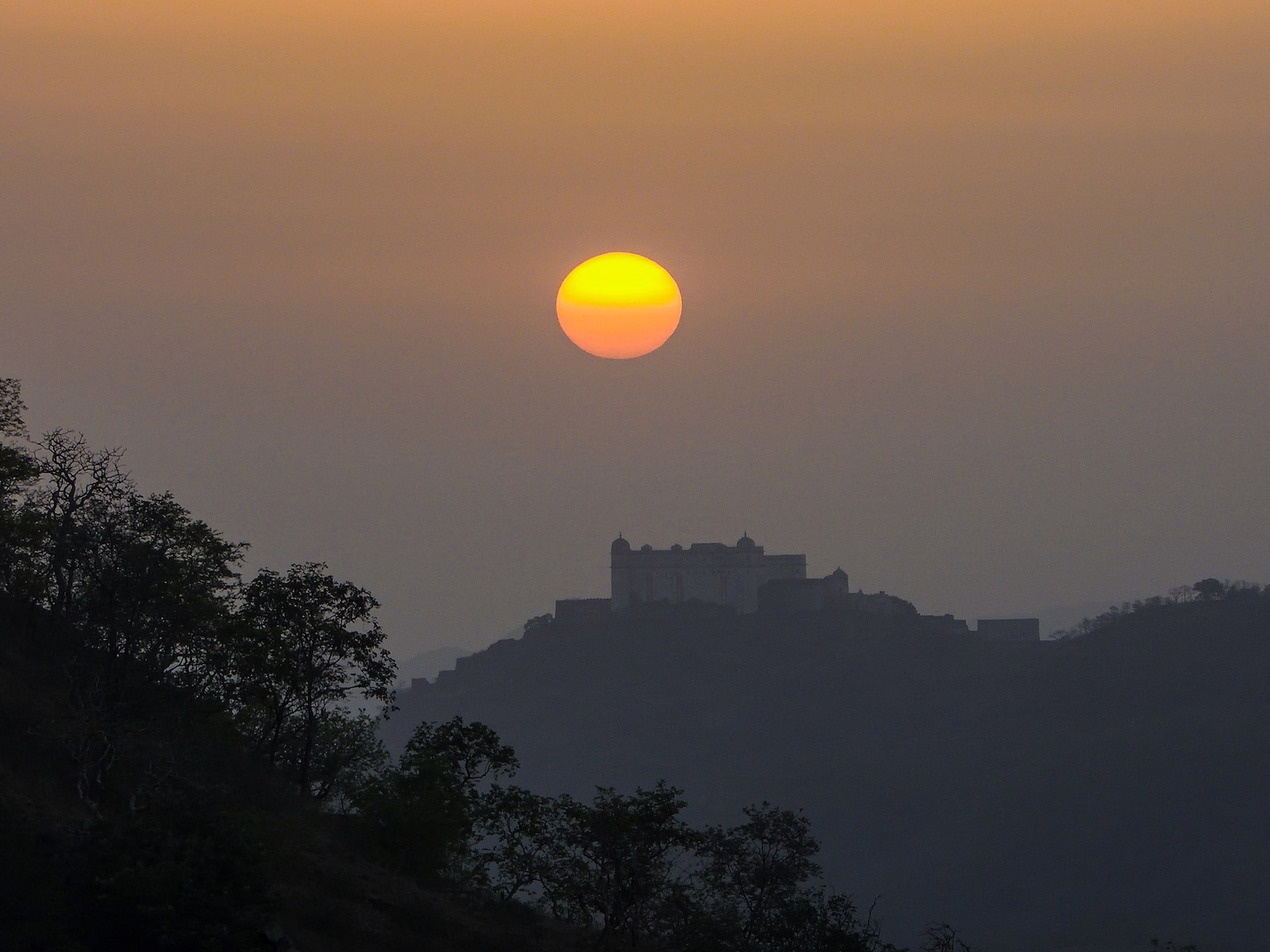
Kumbhalgarh Fort at Sunset



0 Comments